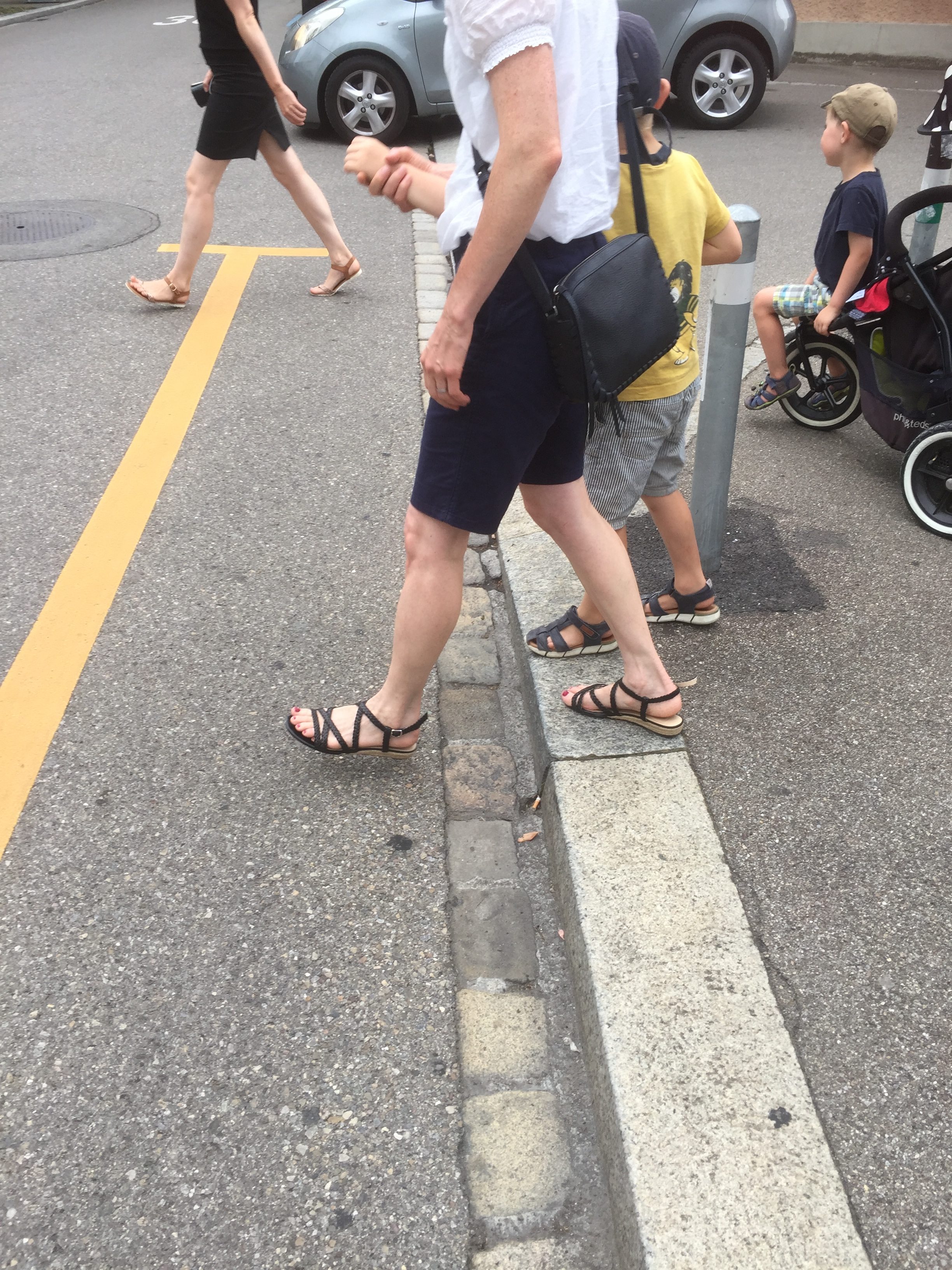
An American named Bill Heine moved to Oxford Great Britain and ran two cinemas. This gentleman had studied law before turning to running movie houses.
But in 1986 Mr. Heine had a Big Idea and commissioned a fibreglass shark which he craned to the top of his house. The timing of his installation of a headless shark on the roof of his 1860 British townhouse was the “41st anniversary of the dropping of the atomic bomb on Nagasaki.” The piece was created by artist John Buckley.
The shark weighs 400 pounds and is 25 feet from its headless body to its tail. As this web page on the Hedlington Shark attests the placing of such a large object on the roof of a pretty ordinary residence sprung the local Oxford city council to action.
First city council said the shark had to go because it was a dangerous hazard. But when the shark installation was inspected, it was carefully installed and was safe. Then Council used Section 22 of the Town and Country Planning Act that had no provision for the placement of large things like sharks on roofs within the municipality.
Mr. Heine went through the process of appealing the decision which in true civic fashion took years. The best part? The appeal was allowed, and the ruling in favour of the shark stated:
It is not in dispute that this is a large and prominent feature. That was the intention, but the intention of the appellant and the artist is not an issue as far as planning permission is concerned. The case should be decided on its planning merits, not by resorting to “utilitarianism”, in the sense of the greatest good to the greatest number. And it is necessary to consider the relationship between the shark and its setting…. In this case it is not in dispute that the shark is not in harmony with its surroundings, but then it is not intended to be in harmony with them…
And here is the best part. “The hearing decided that there would not be a proliferation of sharks on the roofs of Oxford houses. “An incongruous object can become accepted as a landmark after a time, becoming well-known, even well-loved in the process. Something of this sort seems to have happened, for many people, to the so-called “Oxford shark”. The Council is understandably concerned about precedent here. The first concern is simple: proliferation with sharks (and Heaven knows what else) crashing through roofs all over the City. This fear is exaggerated. In the five years since the shark was erected, no other examples have occurred. Only very recently has there been a proposal for twin baby sharks in the Iffley Road.”
Mr. Heine subsequently wrote a book about the shark on its 25th anniversary of its installation. Today Mr. Heine’s son runs an Air Bnb at the “shark” house and you can stay there with twelve other guests. Mr. Heine has recently passed away, but his shark will remain and in fact is being listed as a significant monument.
You can take a look at the YouTube video below of the shark, local reaction, and the planning permissions process that tried to deshark Mr. Heine’s installation.




